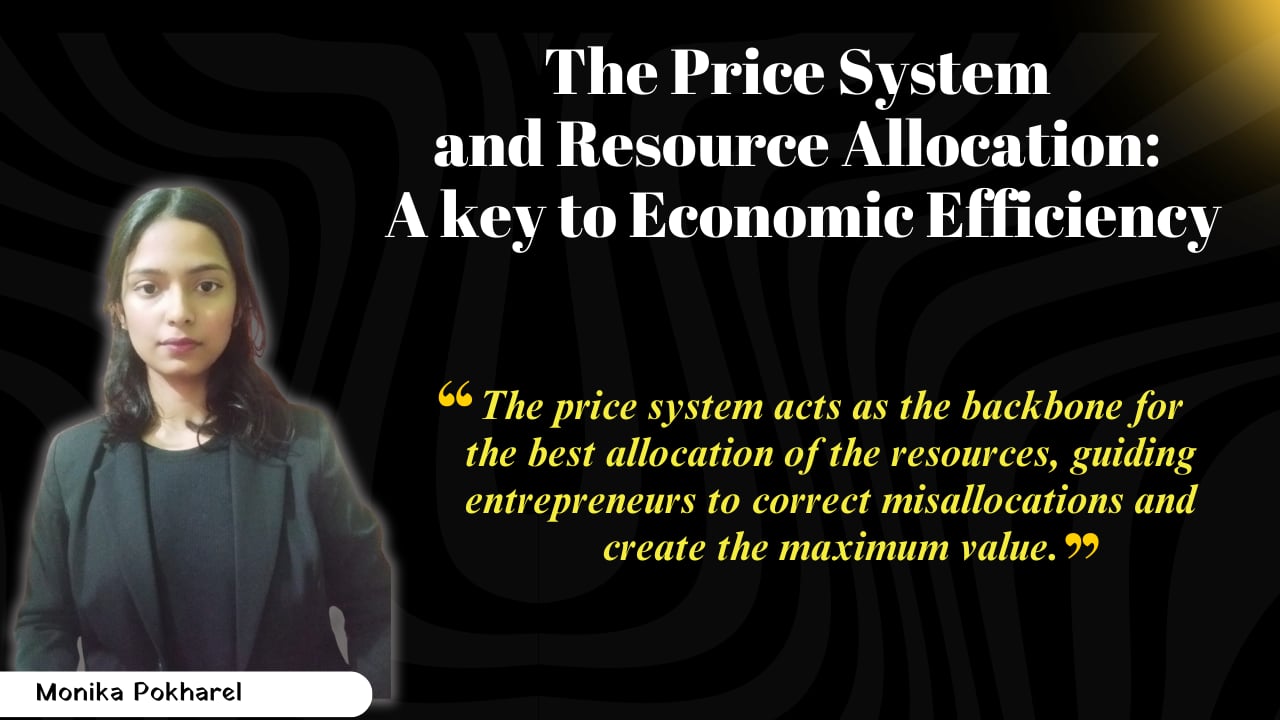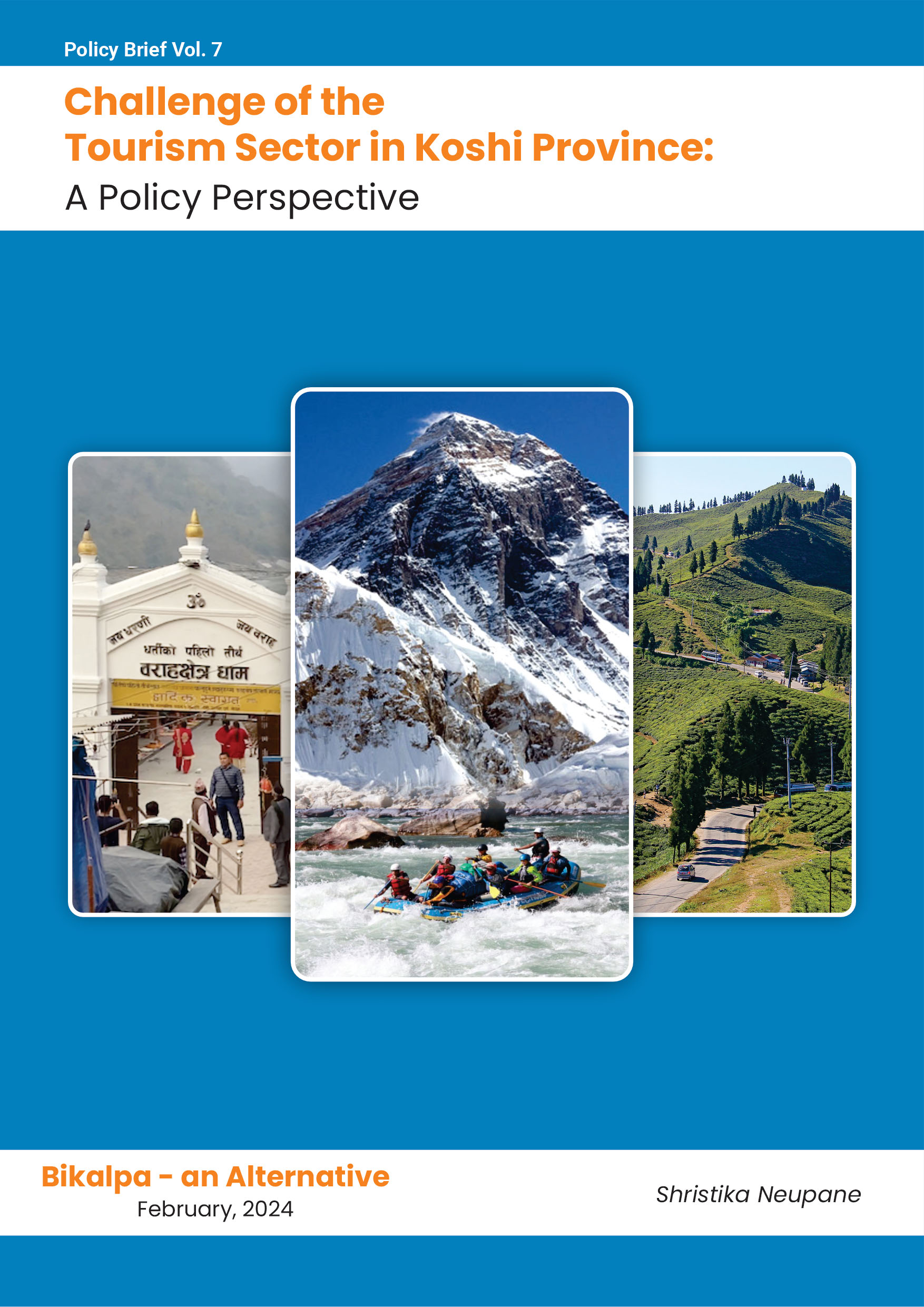According to Milton Friedman, “The price mechanism is the most efficient system we have for using resources. It sends signals, incentives, innovation, and balances supply and demand- all without a central planner.”
In a free market economy, price plays an important role for allocating the available resources. The proper market system works with the proper coordination between the demand and the supply. This helps in determining all the factors like how much price is to be allocated for the product or service, how much quantities should be produced, how much wages should be allocated for the workers and so on. As a result, the market system helps in organizing the production most efficiently, ensuring that the limited available resources are used wisely to meet
the unlimited human wants.
How Markets Balance Efficiency and mistakes
There is a term “welfare economics” which studies how efficiently an economic system utilizes the limited resources to meet the unlimited human wants. And to analyse the efficiency, there are two different approaches. The first approach is a hypothetical one which assumes the market as perfect competition market where all the relevant information is known by both market participants and consumers. This analysis is largely mathematical. Whereas the second approach is more practical and relevant to real-world markets which assumes the market as imperfect where participants have limited knowledge. This leads to mistakes and inefficiencies in the market as decisions are made based on that limited knowledge. So, what should be focused here is how effectively the market corrects these mistakes over time. Since market is dynamic, perfect balance or equilibrium is almost impossible to achieve. Hence, market participants should focus on fixing the misallocation of these resources ensuring that they are used in the best possible way.
Misallocation of resources due to imperfect knowledge
When the resource is not being used in the best possible way, it is said to be misallocated. There is a term in economics called “opportunity cost” which refers to the value that is given up while choosing an alternative from various other alternatives. In this scenario, a resource is said to be misallocated if it is not fully utilized in its current job, which could have been utilized most efficiently elsewhere. This happens because the market is dynamic i.e. the changing economy, consumer needs and demands, technological change and others. Due to this, there is a high
possibility of misallocation of a resource in a market system. And one of the main reasons is because of the limited knowledge. If as mentioned in the first approach, every market participant had complete information, resources would have been used in the best possible manner. And to determine whether the resource is being best utilized, prices play the crucial role because it usually indicates the demand for the product in the market. If the resource is used to produce a product whose demand is high, it shows the proper allocation of that resource and vice versa. Hence it is all about recognizing inefficiencies and allocate the resources where they create the most value. The key point is how well the market system can recognize and correct this misallocation, utilizing the resources more efficiently and effectively to avoid economic waste.
How prices drive Entrepreneurs to reallocate the resources
As mentioned earlier, prices play an important role to allocate the resource in the best possible way. For instance, if any resource is being used inefficiently, there is an opportunity for profit. An entrepreneur spots this opportunity and reallocates that resource more efficiently for higher profits. The price difference helps them to spot the misallocation of any resources. Thus, helping them allocate the resources. to where they’re more valuable, preventing waste. Therefore, entrepreneurs who are profit oriented, seek these opportunities and they work to correct the imbalance by reallocating the resources where they create the most value. More importantly, prices act as a guide revealing the misallocation or under allocation of the resource and creating the incentive for entrepreneurs to fix it. This process is continuous, constantly reallocating the resources until everything is used most efficiently. For instance, Netflix replaced high DVD rental prices and late fees at block buster by offering a subscription model with no late fees.
In conclusion, successful entrepreneurs are the ones who can identify the misallocation of the resources and utilizes them in a best possible manner. And for this, the price system helps them by signalling where changes need to be made. So, they use this to guide their actions for a more efficient allocation of resources. Hence, as the market is driven by entrepreneurs who seek profits, which results to the correction of any misallocation of resource.
Resources mobility and its effect on the allocation
In a perfect market, mobile resources like labour and capital can be moved easily to where they are most needed i.e. again driven by higher prices or better opportunities. But in reality, moving these resources is not that simple. Various Psychological factors (i.e. moving out of comfort zone and emotional attachments) and financial factors (i.e. travel, accommodation, or retraining expenses) can slow down the process even if there is better opportunity. The preference of the people might also affect the process. A worker might prefer working in his/her own community even if it doesn’t pay much. Hence, resulting in the misallocation of the resource. But due to the globalization and technological advancement, things are changing. Various MNCs are outsourcing manpower from different countries and young workers find it easier to start fresh in new locations than their parents did. And in long run, the market finally corrects these imbalances.
Monopoly and minimum wages as a barrier for resource allocation
Factors like monopoly and minimum wages are the major hurdles in the market. They prevent the
proper allocation of the resources. When one person or company controls a key resource, they can charge any price they want. Monopoly also blocks others from entering the market. Instead of letting the resource flow to
where it creates the most value, the monopolist blocks it to maximize their own profit. This hinders the market’s natural ability to allocate resources fairly, creating artificial scarcity leading to higher prices and stalled innovation. On the other hand, minimum wages also affect resource allocation. Minimum Wages can
unintentionally limit job opportunities for those who need them most. It slows the market’s ability
to match workers with opportunities.
Artificial obstacles: How Rules and Restrictions Mess Up Resource allocation.
In a free market economy, resources can flow freely to where they’re most needed and valued. But due to the artificial obstacles like price controls, various immigration laws, taxes, subsidies and others can disrupt this flow leading to misallocation of resource. Price controls i.e. setting minimum or maximum price can lead to shortages, surpluses or resources being wasted because the price set might not match with the market value which can lead to under production or over production of the product. Similarly, various immigration laws might prevent the labour mobility to where they’re needed most. This results in imbalances and misallocation of resource. Also, Taxes can discourage productive activities while subsidies might keep inefficient businesses afloat. This both leads to resources being used in less valuable ways.
Conclusion
The price system acts as the backbone for the best allocation of the resources, guiding entrepreneurs to correct misallocations and create the maximum value. However, obstacles like monopolies, minimum wages, price controls, and limited resource mobility disrupt this flow of resources, leading to inefficiencies. The key point is to minimize these artificial barriers to let the price mechanism do its job by properly allocating the resource to meet unlimited human wants.
*Reference: Israel M. Kirzner’s Market Theory and the Price System











